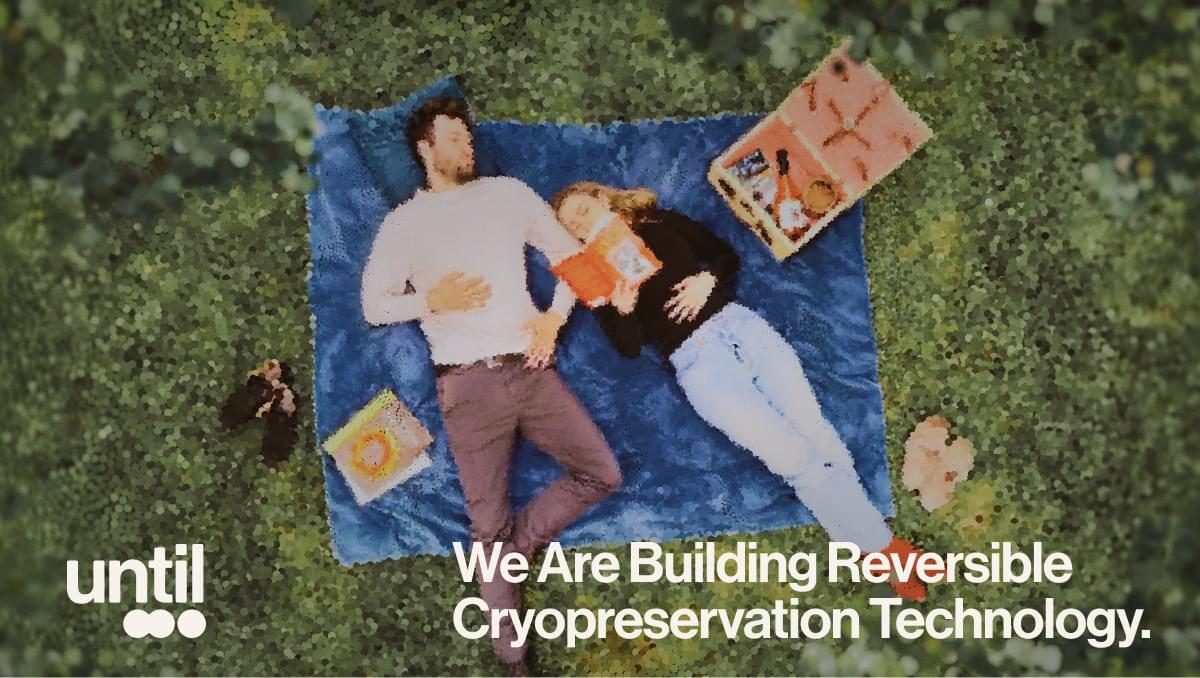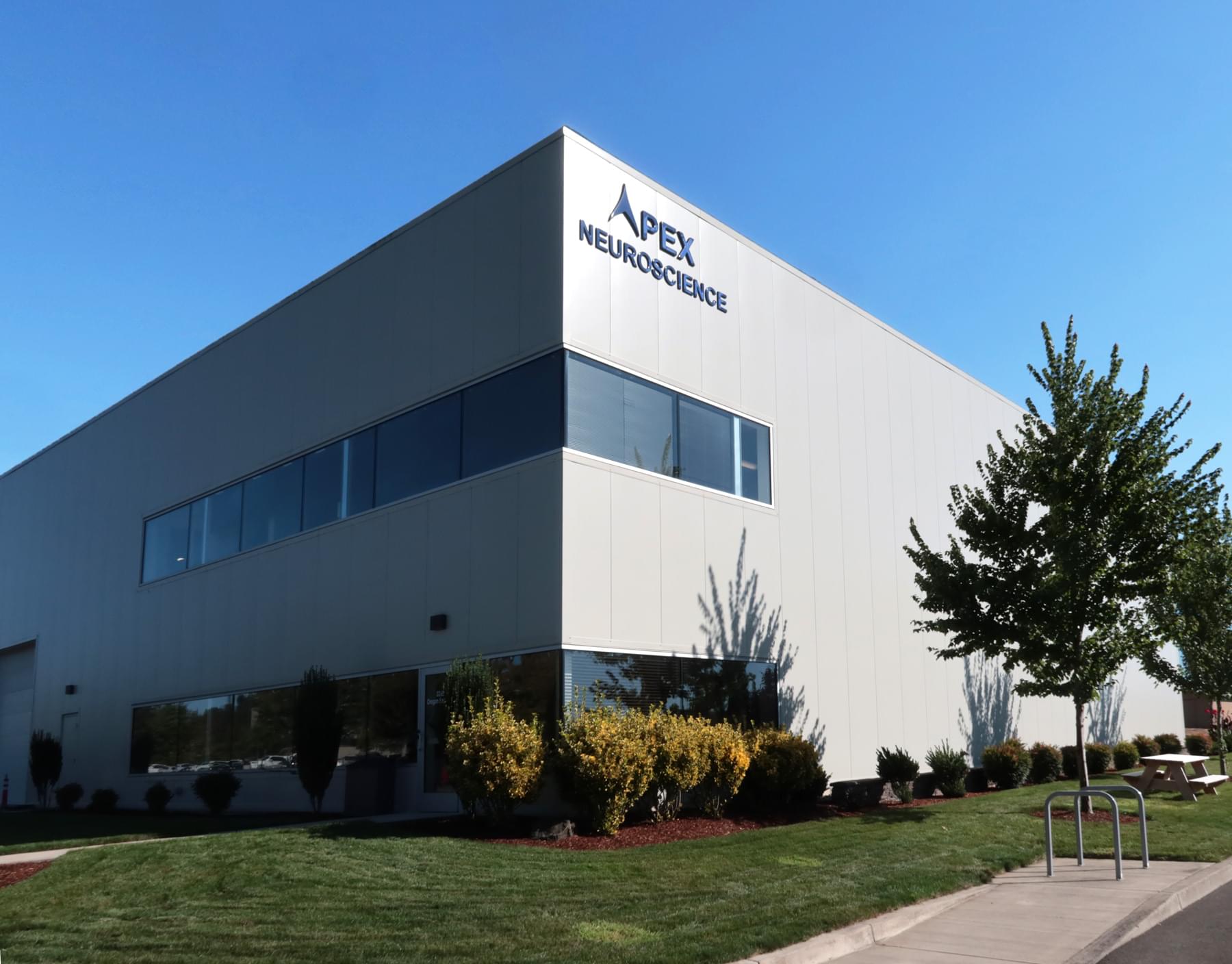Tim Gibson has been involved in cryonics for many years.
Category: cryonics


Our BRLS Research Application, Fixation vs. Vitrification Reflection, Cryonics & Autism
In this epsiode of the Cryosphere chat we discuss:
● The research proposal we submitted to BRLS
● Why slow growth could be an existential risk to cryonics.
● Our review of the Fixation vs. Vitrification discussion.
● Why there are so many autistic cryonicists.
Links:
Fixation vs. Virtification Discussion: https://youtu.be/gvu8P9D6p0g?si=2KOSESeOndtVl33V
Biostasis Pacific Northwest: https://www.reddit.com/r/cryonics/comments/1ozxslv/announcin…northwest/
I’ll see ya later mom… Reddit post: https://www.reddit.com/r/cryonics/comments/1owgnk0/ill_see_ya_later_mom/
Cryosphere Discord: https://discord.gg/ndshSfQwqz
Cryosphere Chat ft. Emil Kendziorra — Tales from Biostasis 2025, Our Near Death Experiences
The gang catches up with Emil Kendziorra after the Biostasis 2025 conference at the European Biostasis Foundation. Watch it on YouTube here. Topics covered include:
• How to get a Tomorrow Bio ambulance in your hometown.
• Tomorrow Bio’s plan to collect brain samples to check ultra-structure preservation in its cryonics patients — and how it will respond to what it finds.
• What’s new and what’s next for Tomorrow Bio.
• Our near death experiences.
Links:
• Cryosphere Discord Server: / discord.
• Cryonics Subreddit: / cryonics.

Cryosphere Chat — Strategies For Convincing Normies, Hibernation vs. Cryosleep, Organ Preservation
In this Cryosphere Chat we discuss the organ preservation to cryonics pipeline, our experiences trying to convince normies to sign up, using terms like hibernation or cryosleep instead of death, and more.
Links:
• Cryosphere Discord server: / discord.
• Cryonics subreddit: / cryonics.
This Organ Could Reverse Aging! Greg Fahy
If I had the money this would be the first person I would call.
Can one forgotten organ hold the key to reversing aging? In this exclusive interview, Dr. Greg Fahy — one of the world’s leading longevity scientists — reveals groundbreaking discoveries about the thymus, age reversal, and the future of human health.
From regrowing his own thymus to pioneering cryobiology and organ preservation, Dr. Fahy shares insights that could change how we think about aging, immortality, and life extension. This conversation dives into the science behind reversing biological age, restoring the immune system, and even the possibility of medical time travel.
🔑 Topics covered in this video:
Thymus regeneration and why it may be the “master control” of aging.
Interview with Ralph Merkle @ Vitalist Bay
The venerable Ralph Merkle joins Max Marty on stage at Vitalist Bay.
Key topics covered:
- Why cryonics is still “0.00001%” of people despite decades of advocacy — and Merkle’s admission that believing rational arguments would work was his biggest mistake.
- The wild Dora Kent story.
- The organizational split in 1992 that affected growth for over a decade.
- Why Merkle’s success probability hasn’t changed since the 80s.
- Whether preserving your information pattern is enough or if you need “continuity of consciousness”.
And more.
Links:
• Cryosphere Discord server: https://discord.com/invite/ndshSfQwqz.
• Cryonics subreddit: https://www.reddit.com/r/cryonics/
Cryonics & Cryptography | Ralph Merkle at Vitalist Bay
Veteran cryonicist and inventor of cryptographic hashing, Ralph Merkle, tells us how he came to decide that cryonics was a good idea. In his talk, Ralph discusses Information Theoretic Death, why information is so hard to destroy, and how advances in nano-tech might make cryonics revival possible.
Links:
• Cryosphere Discord server: https://discord.com/invite/ndshSfQwqz.
• Cryonics subreddit: https://www.reddit.com/r/cryonics/
#cryosphere